I collaborated with another UX UI designer Yaohui to design a digital / tangible / spatial experience for Sydney University’s Chau Chak Wing Museum, which would open in 2019. The design should build upon the collection that the museum offers, and improve the visitor experience.
We chose the university students as our target group. We designed a interactive game called 'IMITATOR', aiming to improve social interactions within the museum without losing the educational purpose, so that people could gain knowledge in an interesting way.
DESIGN:
Museum Experience
FOCUS:
User Research | User Experience
DATE:
Mar - Jun 2017
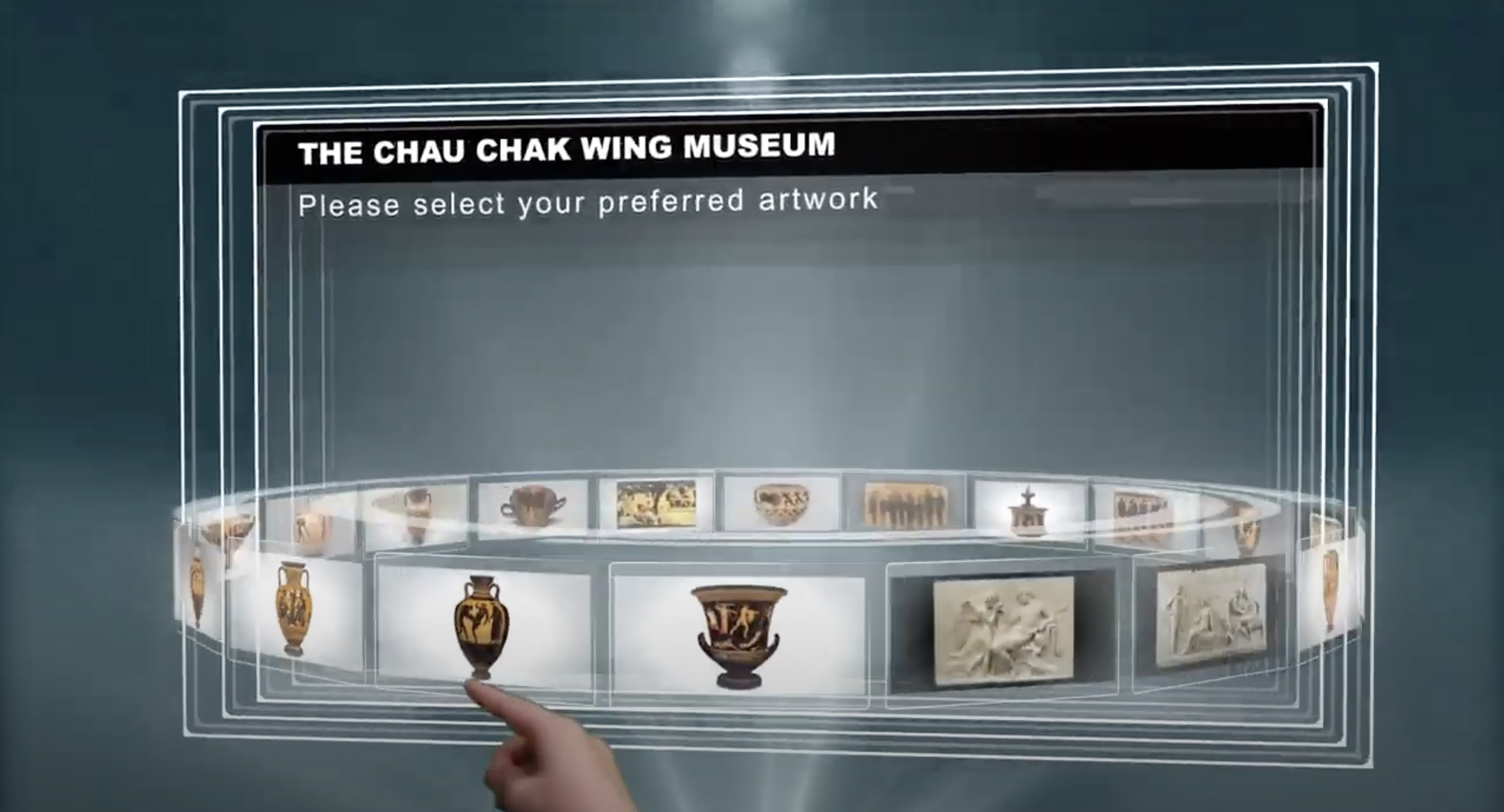
Our overall goal with this study was to develop user research and design techniques for museum experiencing regarding to the educational goal and social environment of Chau Chak Wing museum.
We organised two generative sessions and group interviews. We aimed to figure out the explicit and latent needs base on our focus of target user group. And design a creative service that interact with the collection and space in the new museum that improves the visitors’ experience.
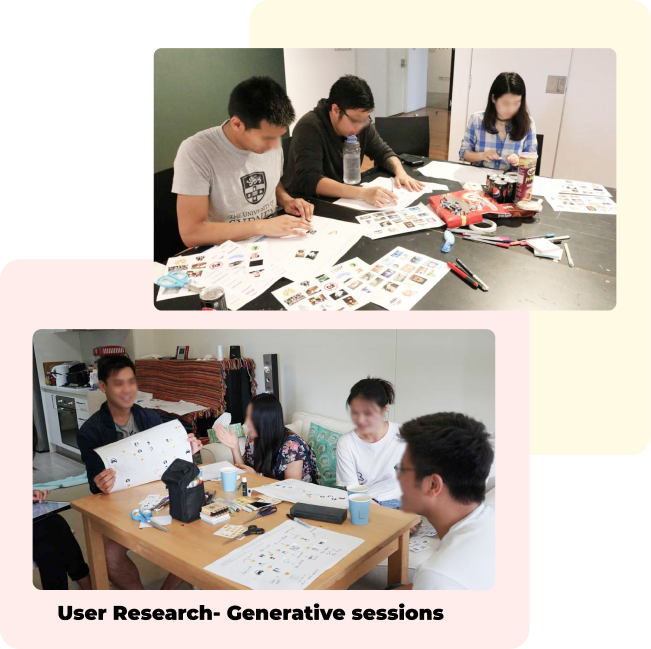
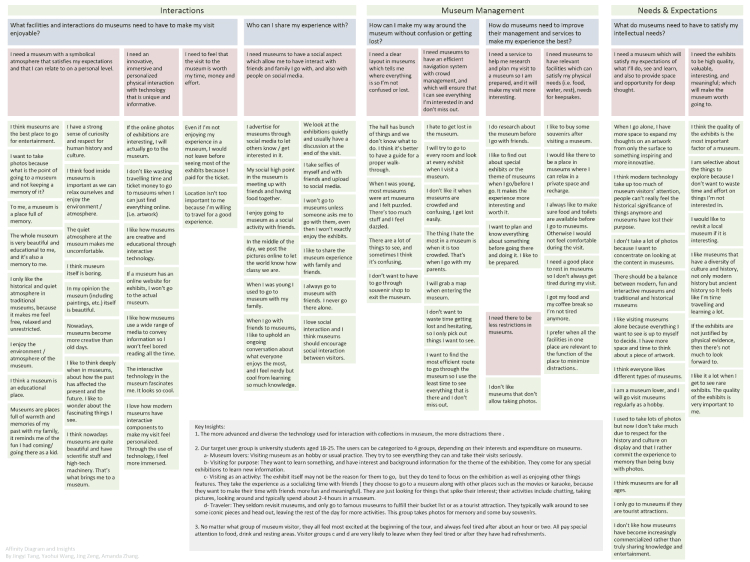
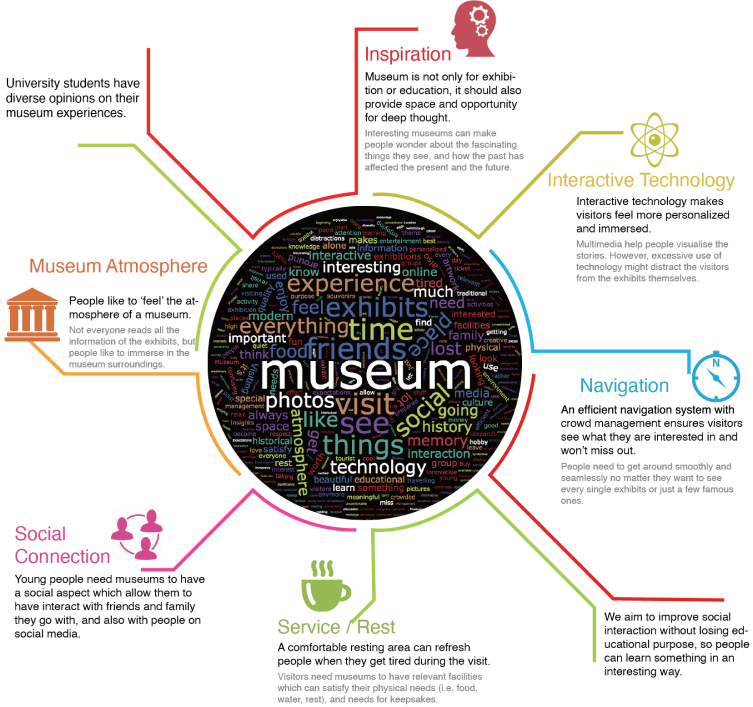
Based on the university students’ museum experiences, our research insights reveal a strong need for social connection among these young adults, who prefer to share an interesting and enjoyable experience with others. This target group is dynamic, curious and easily attracted by and immersed in new things, especially the hi-tech creations. While we understand the need for fun experience, the original role of a museum remains to share knowledge and enlighten the public.
Therefore, we aim to improve social interactions within the Chau Chak Wing museum without losing its educational purpose, so that people can gain knowledge in an interesting way. Specifically, we will integrate digital technology into our design, to develop an innovative museum experience where the young adults can share ideas and enjoyment with others both inside the museum and on social media.
We created four initial concepts by storyboards, then used Decision Matrix Tool to select the final concept. According to the result from Decision Matrix, our first concept ‘be a model’ had achieved the highest score. We were happy to choose this concept and pursue a further development on it. Among all the alternatives, ‘be a model’ was the most engaging, interactive, tangible and socialising concept, which delivers a personalised museum experience without losing the educational purpose.
We built this game called IMITATOR. The final UX prototype is a set of interactive digital screens in the middle of the museum. Visitors can choose an artwork from the exhibition and imitate the people’s postures on the artwork. This game requires the cooperation of two to three players. A score is given based on their overall similarity percentage to the original artwork. If they successfully reach 75%, they will get a printed photo with details of this artwork.
We integrated digital technology into our design, through gamification approaches, to develop an fun museum experience where the young adults can share ideas and enjoyment with people they go to museum with and others on social media.
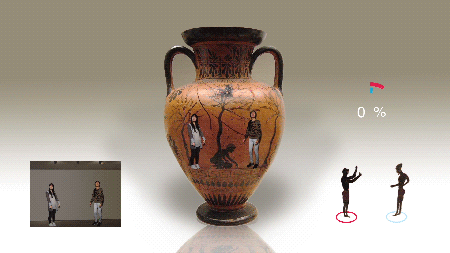

Successfully create a social connection between friends who visit the museum together, and also people on social media.
Hi-tech, physical activity and fun, designed for people who are curious and looking for engaging and personalised experience. The gamification approach gives participants a sense of achievement.
Encourage people to view the artwork in details before they can ‘act’ it. Help people to remember the artwork as well as this museum experience.